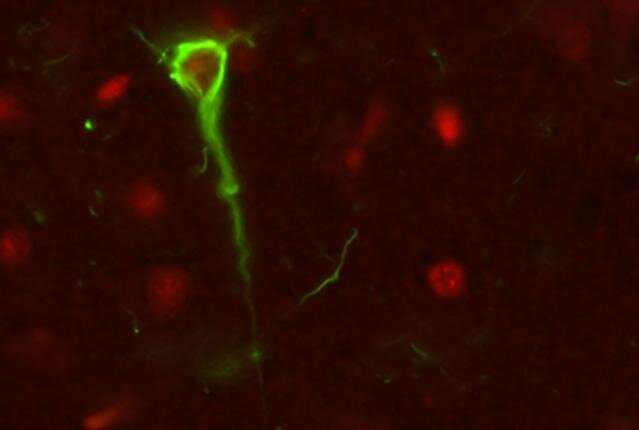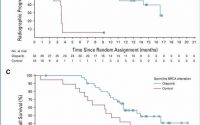Overlooked tau-RNA interaction may play key role in dementia

Sometimes in science, “Eureka!” moments happen with surprisingly little effort. Sometimes they take years or decades to emerge. Such was the case with Brian Kraemer’s research team and their recent study of the protein tau and its impact on dementia diseases.
A paper, now available as a preprint from the journal Brain, identifies tau interactions with RNA, the nucleic acid that serves as the blueprint molecule for all our cellular machines, as a key stage in the development of Alzheimer’s disease and other dementia disorders. The finding was reported by Kraemer and colleagues with the U.S. Department of Veterans Affairs and UW Medicine in Seattle.
The evidence, it turns out, had been hidden in plain sight in a research findings first published in the 1970s.
“This has given us pieces of the puzzle that we should have had years ago,” Kraemer said, “We have to pay more attention to tau.”
Tau, pronounced like “wow,” has a useful function. It plays the role of a bonding agent for microtubules that serve many key actions in cells. Scientists intently explored that role in early tau research, to great effect, especially in the area of chemotherapies.
“RNA is just a harder molecule to study and wasn’t nearly as trendy as microtubules,” Kraemer said. “Microtubules are involved in moving things around the cell. Tau is important for stabilizing microtubules and that’s how it was first discovered. But in the second paper that ever came out about tau, they noticed that it interacted with RNA. And then the field has mostly disregarded that observation for the past 45 years.”
When Kraemer’s lab began to study tau, the RNA interactions repeatedly showed up in their results. The constant presence of the nucleic acid involvement caused him to ask a simple question: Does tau prefer to bind with RNA or with microtubules? His lab then developed a test using monoclonal antibodies to compare tau’s affinity for each and found that, under lab conditions, tau prefers to bind with RNA.
Normally this is not a problem because tau doesn’t have opportunity to interact with RNA. But when it does, it creates neuropathological lesions leading to neurofibrillary tangles believed to be key contributors in most common types of dementia.
“It’s probably an early stage of the disease process: Tau comes off of microtubules and it gets onto RNA and that causes this disease process to begin to unfold,” Kraemer surmised. “In Alzheimer’s disease, RNA becomes partially uncoated and is further exposed to tau, and once that gets started, it becomes a self-reinforcing cycle of toxic aggregation.”
Neurodegenerative diseases involving tau include a long list of incurable maladies. In some, abnormal tau appears to be the primary cause. These are called pure tauopathies, and include frontotemporal lobar degeneration, progressive supranuclear palsy and Pick’s disease.
Alzheimer’s is called a mixed tauopathy because another protein, beta-amyloid, plays a role. Treatments for beta-amyloid, once thought promising, have been in recent headlines reporting mixed results from trials that found a drug doesn’t curb the disease, as hoped.
Kraemer thinks that means it’s time to turn to tau for long overdue answers.
“With beta-amyloid treatments for Alzheimer’s, we’re addressing half the disease, but not the other half,” he said. “And if you’re only addressing one and not the other, that’s probably why treatment is not working very well. I don’t know that this is going to be a therapeutically tractable strategy, but it’s certainly an idea and one of those ideas is going to have to be successful for us to make progress on Alzheimer’s disease.”
More information:
Pamela J McMillan et al, Tau-RNA complexes inhibit microtubule polymerization and drive disease-relevant conformation change, Brain (2023). DOI: 10.1093/brain/awad032
Journal information:
Brain
Source: Read Full Article


